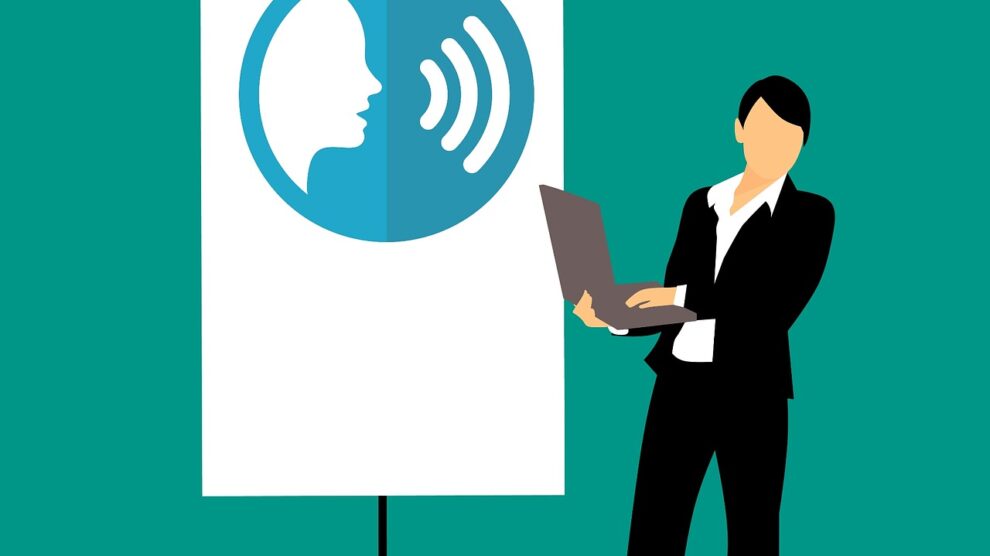One thing that makes anyone successful in public relations is their relationships with other media personnel. The power of a well-established rapport with journalists, reporters, and editors cannot be underestimated, as it opens doors to coverage, insights, and opportunities that can elevate your brand or message.
However, the art of forging these connections goes beyond a mere transactional exchange of information. It involves a careful blend of research, respect, timing, and appreciation.
Do Your Research
Knowledge is power. It is an invaluable tool, guiding your path toward meaningful connections. Before contacting a journalist or media professional, always do your research by diving deep into their work, their beats, and their unique approach to journalism. This isn’t just about becoming familiar with them — it’s showing them how much you respect their time and work, but also that you respect their expertise and have a genuine interest in their contributions.
To better connect with journalists and media professionals, you must understand what types of topics they like to cover, and if they have any areas of specialization. This foundational comprehension forms the backbone for creating future pitches that seamlessly align with their passions and preferences.
More importantly, look into their preferred angles of interest. Referencing their recent work in your initial conversations with them shows that you’ve done your research and strengthens your commitment to a mutually beneficial relationship. The dedication you invest in comprehending their world serves as the cornerstone for building rapport.
Mention Their Recent Work
By mentioning a journalist’s or media professional’s recent work, you’re showing them that you’ve researched them and engaged with their most up-to-date content. If you can comment on their platform so that your name starts to become familiar, do so, and if they have a social media account, be sure to follow them and like, comment, and share their content. The point isn’t to create superficial connections, but rather to foster a genuine relationship based on authenticity.
When reaching out to these contacts, compliment their recent achievements and consider showing appreciation for the approach and angle they adopted in addressing that specific topic.
Incorporating these steps into your approach displays a level of consideration that transcends transactional interactions. By celebrating their achievements and engaging in meaningful discourse about their work, you lay the groundwork for a connection founded on mutual respect and shared enthusiasm.
Make Your Pitch Timely and Relevant
Knowing when to pitch is probably the most difficult part of fostering relationships with journalists and media professionals. You don’t want to do it too soon because they won’t find your connections genuine, and you don’t want to take too long because you have clients to think about. Crafting a pitch that syncs with the journalist’s current focus isn’t just smart — it’s the difference between a hit and a miss.
One way to know when to pitch is to look at the trends. Keep your finger on the pulse of industry chatter, emerging stories, and buzzworthy social conversations that seamlessly blend with the journalist’s area of interest.
For example, Amazon recently expanded its Amazon Clinic nationwide, providing messaging and video visits. If you have a client who specializes in health, this is a story you can pitch to journalists that cover health-related topics.
When your pitch strikes the right chord with the moment and speaks to its readers, you set the stage for something memorable. By crafting a pitch that’s both timely and tailored, you’re creating an invitation for collaboration that’s hard to resist.
Be Punctual, Responsive, and Dependable
Once you’ve set that relationship and have an in for your clients, you must stay relevant. That means meeting every deadline, being responsive when they’re looking for an expert to help write a story, and the information you share must be valid.
Being punctual, responsive, and dependable in your media interactions isn’t just about fulfilling obligations — it’s about building a foundation of trust. Providing journalists with reliable information will continue to set your relationship with them apart.
Don’t Keep Pushing After They Say No
There’s a difference between being persistent and not respecting boundaries. It’s okay to check in and reach out a couple of times if the journalists or media professionals provide ambivalent responses, but it’s not okay to continue to harass them if they give you a solid “no.”
If you do receive a no, it’s perfectly fine to ask why if they didn’t initially provide a reason. Acknowledge their perspective, understand that everyone has their own priorities and limitations, express your gratitude for their time and consideration, and let them know you’re open to future opportunities.
Maintaining your composure and courtesy, even in the face of rejection, leaves a positive impression. Understanding that a “no” isn’t a closed door, but a redirection that paves the way for a respectful and sustainable media relationship.
Show Your Appreciation When the Article Is Live
When a journalist features your content or story, showing your appreciation can make all the difference in maintaining a positive and productive partnership. Expressing your gratitude is more than just a mere formality — it’s a meaningful gesture that cultivates goodwill and nurtures a lasting relationship.
Once the article goes live, acknowledge the journalist’s effort to bring your story to their audience, and recognize the value they’ve added to your message. Let them know that you’re grateful for the opportunity to collaborate and highlight the impact their coverage has made.
More importantly, don’t let the connection fizzle out after the coverage is live. Instead, maintain momentum by staying engaged. Interact with their content, ask about upcoming projects they are working on, and keep the lines of communication open. This ongoing interaction reinforces your commitment to the partnership and paves the way for future collaborations.
The influence of a well-forged bond with journalists, reporters, and editors extends far beyond mere transactional exchanges. It opens doors to coverage, insights, and opportunities that can amplify your brand or message.
In the end, successful media relationships aren’t built on one-hit wonders — they’re nurtured through ongoing engagement. By applying these strategies, you will not only foster connections, but also curate a harmonious partnership that resonates, elevates, and endures.





